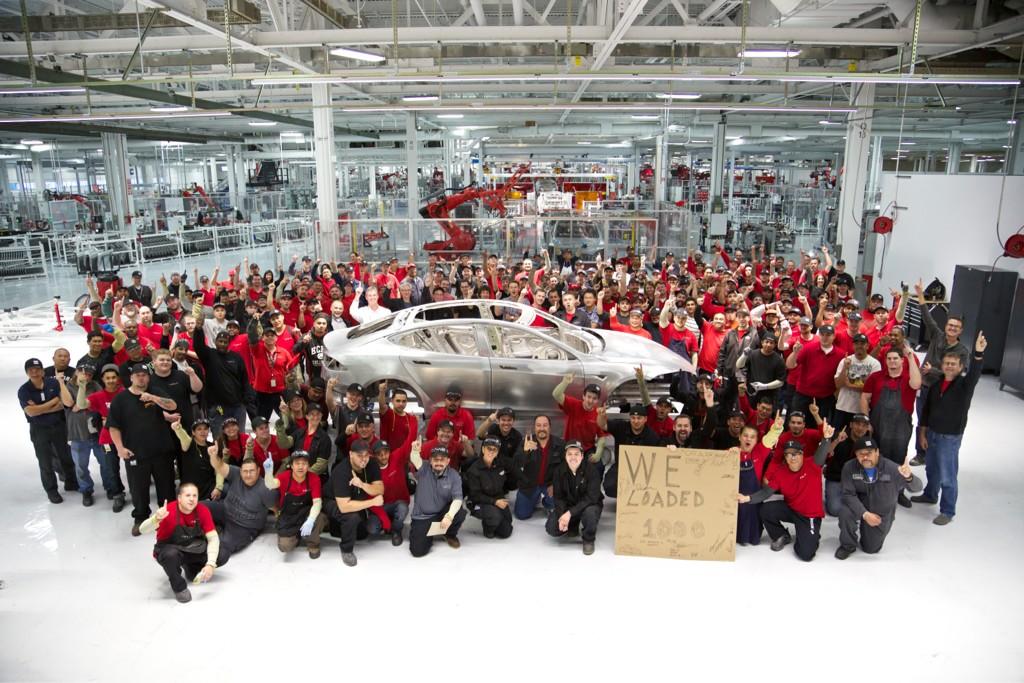Perhaps the biggest question in buyers' minds over electric cars is how long the batteries will last.
Most new-car buyers have mobile phones whose batteries have only lasted a couple of years, perhaps less.
Even as electric-car battery packs are warranted against outright failure for eight or 10 years, how much degradation should owners anticipate?
DON'T MISS: Electric car battery warranties compared
The question has surfaced again as a few of the earliest Nissan Leafs now appear to have lost up to half their battery capacity, with drivers finding their range has fallen below 50 miles of real-world use.
Nissan has replaced those battery packs for some early Leaf owners, and others are likely to follow.
It also swapped in a new chemistry for 2015, known as the "lizard cell," that is said to be far more resistant to high temperatures.
![2012 Nissan Leaf in the autumn outside Ottawa, Ontario, Canada [photo: Ricardo Borba] 2012 Nissan Leaf in the autumn outside Ottawa, Ontario, Canada [photo: Ricardo Borba]](https://images.hgmsites.net/lrg/2012-nissan-leaf-in-the-autumn-outside-ottawa-ontario-canada-photo-ricardo-borba_100445702_l.jpg)
2012 Nissan Leaf in the autumn outside Ottawa, Ontario, Canada [photo: Ricardo Borba]
But the stories of those early Leaf owners—and advice on how best to negotiate for that Leaf replacement battery—have generated intense interest on this site and others.
Beyond the Leaf, different electric cars appear to have different degradation rates: the Chevrolet Volt range-extended electric car, for instance, seems to have little or no range loss even after 300,000 miles (in one highly followed case).
And what about the Tesla Model S? The sleek, fast, pricey luxury sedan was the first volume electric car to offer more than 200 miles of range, and its owners clearly use that range.
READ THIS: How to negotiate for a new Nissan Leaf battery pack: electric-car owner advises
With the earliest Model S cars having gone into service in June 2012, what have we learned?
A wonderfully wonky and profusely linked blog post by Maarten Steinbuch, originally published in January 2015 and updated with new data last month, offers some answers.
It presents multiple graphs of data points that plot Model S miles covered (in kilometers) against remaining battery range (in percent), from a variety of sources.
![Tesla Model S mileage vs remaining battery range, as of Apr 2017 [source: Dutch-Belgian Tesla Forum] Tesla Model S mileage vs remaining battery range, as of Apr 2017 [source: Dutch-Belgian Tesla Forum]](https://images.hgmsites.net/lrg/tesla-model-s-mileage-vs-remaining-battery-range-as-of-apr-2017-source-dutch-belgian-tesla-forum_100605182_l.jpg)
Tesla Model S mileage vs remaining battery range, as of Apr 2017 [source: Dutch-Belgian Tesla Forum]

2012 Tesla Model S Signature

2012 Tesla Model S
The data appears to show that capacity remains between 90 and 95 percent, on average, even at 150,000 km (93,000 miles).
There are individual data points scattered on both sides of that line, of course.
But, overall, the data offer some basis for confidence that a Tesla Model S will lose—on average—less than 15 percent of its battery capacity over the average 150,000-mile (250,000-km) life of a vehicle.
CHECK OUT: Electric-Car Buyers Expect Battery Upgrades To Be Available
We encourage reading the full post to appreciate the nuances, the constraints on the data, and the caveats that Steinbuch offers in his analysis.
But it seems safe to say that overall, the liquid-cooled large battery packs that gang thousands of small "commodity" cells that Tesla uses seem to hold their capacity better than the passive air-cooled packs with smaller numbers of large-format cells used by Nissan.
As always, many factors may affect pack condition: average speed, ambient temperature, frequency of fast charging, and a host of others.

1,000th body for 2012 Tesla Model S on display at Tesla Motors factory, Fremont, CA, Oct 28, 2012
But the data so far appear to offer Tesla owners some confidence in the long-term prospects of their cars' batteries.
That's good for electric cars in general, though it doesn't do much for owners of the earliest Nissan Leafs.
[hat tip: George K]
_______________________________________













